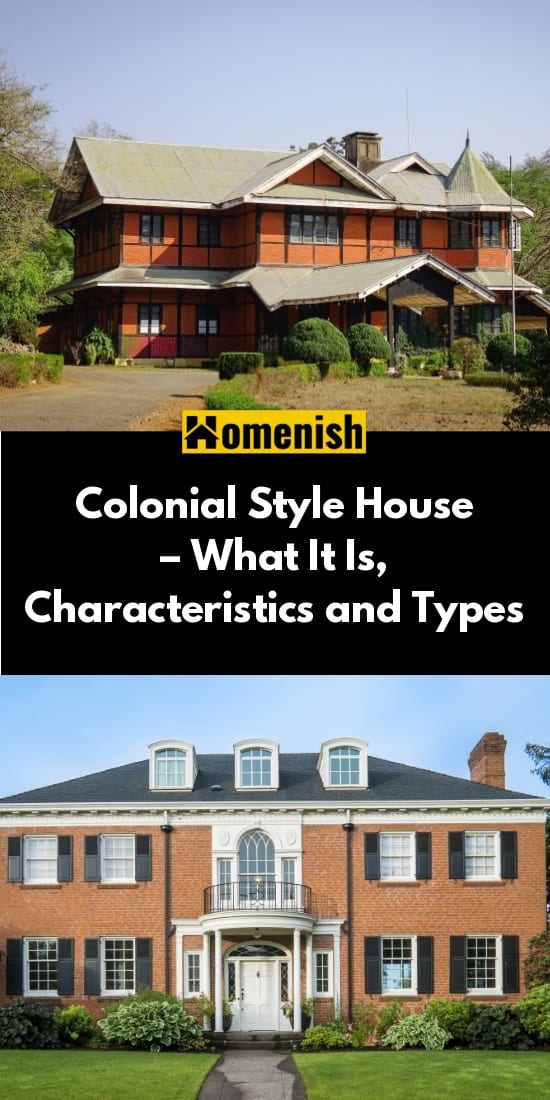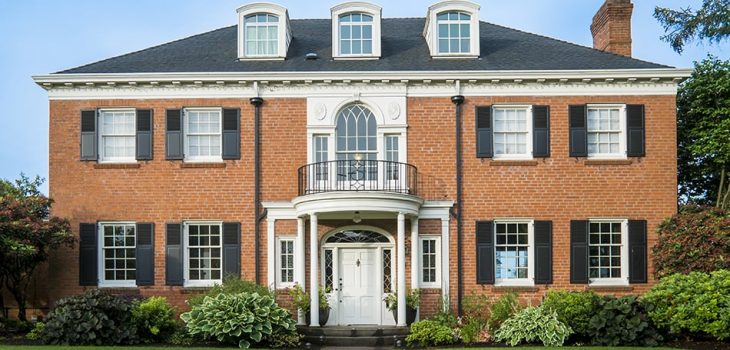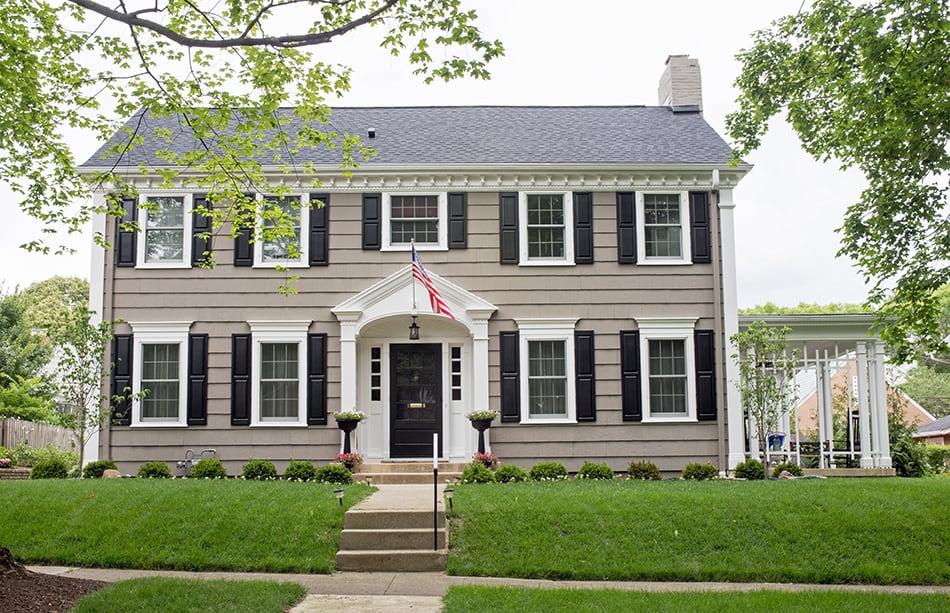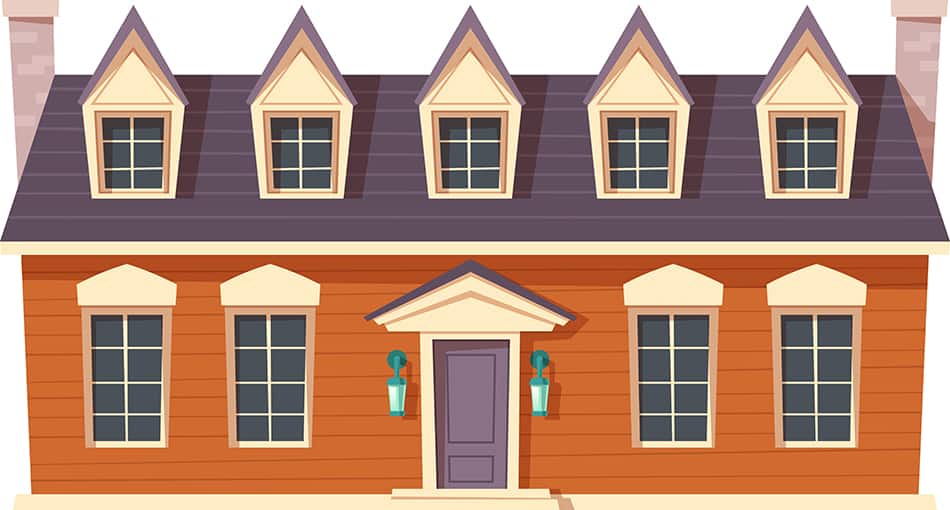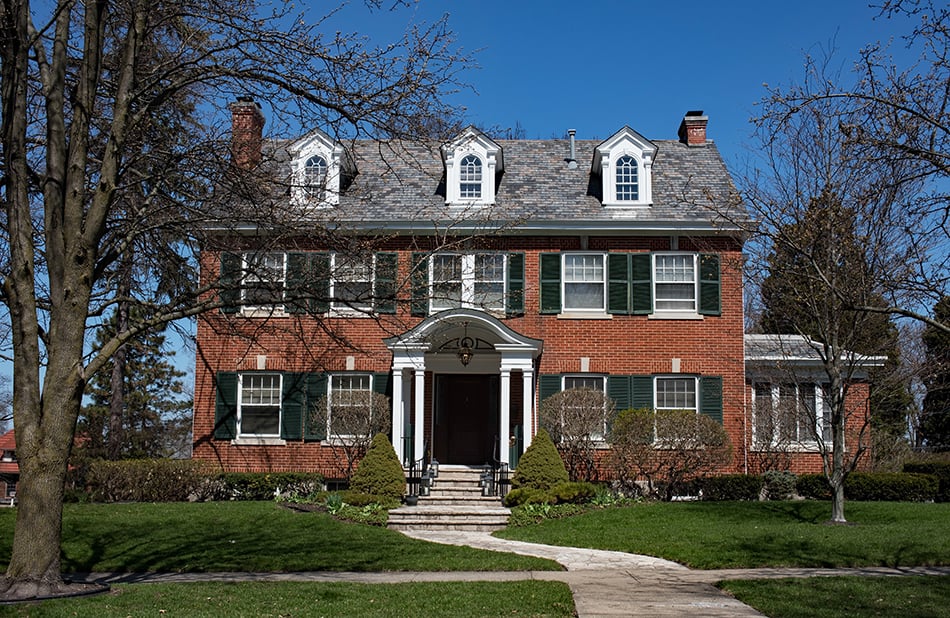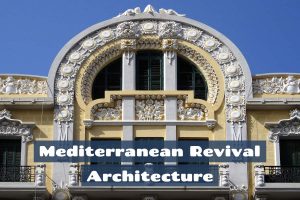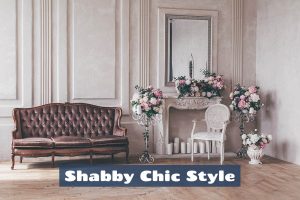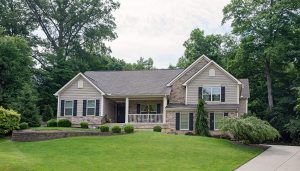A Colonial-style house is possibly one of the most familiar American home architectural styles that dates back to the Colonial period. This residential house style is often associated with various other architectural types, including Spanish Colonial, French Colonial, and Dutch Colonial, to name but a few.
To help you get to know all about Colonial-style houses, their distinctive features, and the different types of Colonial-style homes, take a moment to read this extensive article.
What Exactly is a Colonial Style House?
Colonial houses date back to the 16th century. They were most commonly built in the southern and northeastern part of the US. These particular styles of homes are similar to the ones found in Spain, England, and other regions in Europe as it was the Europeans who brought their architectural influences into America. But it wasn’t until the 1800s that American architects and builders began adding distinctive designs, such as long staircases, to these homes. Since then, Colonial properties became part of America’s heritage and highly sought by upper-class families as it brought them an air of elegance and dignity.
Characteristics of Colonial Style Houses
Interior layout
A true Colonial house usually consists of at least two stories that normally have only one room on each floor, with the staircase located in the center of the hallway as a focal point. The front door of a Colonial home is usually placed directly in the front wall’s center so that it opens immediately towards the staircase area. The dominant design element of grand entryways is very common in Colonial homes.
On the first floor, the common spaces usually include a living room, kitchen, dining room, and a family room. The bedrooms can be found on the second and/or third floors.
Exterior
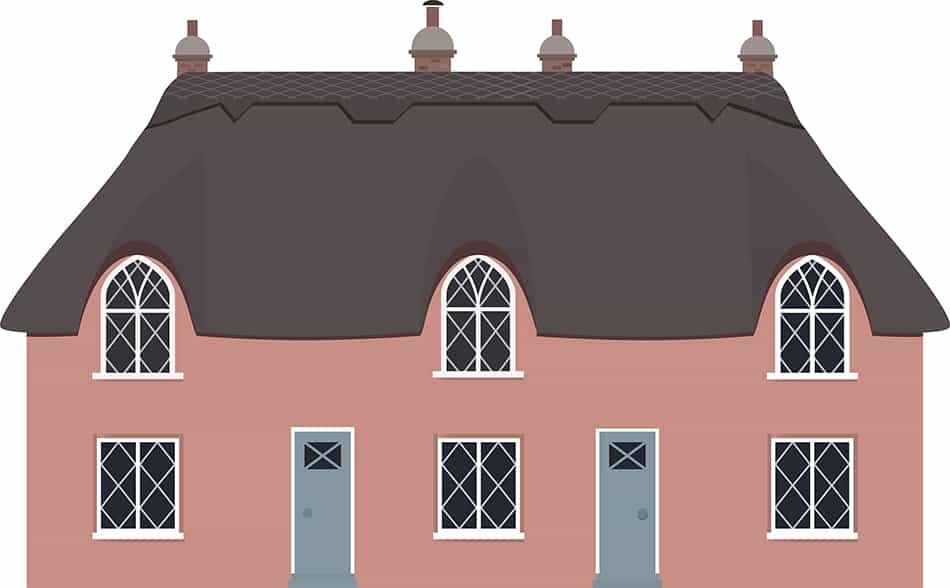
Colonial style houses are usually symmetrical rectangles or plain squares. They almost always have a wood siding around the front exterior of the building with paired windows on each side. They also have stone pillars that support the curved roof over the front door.
Double-hung Windows
These types of windows consist of multiple moveable sashes that slide down from the top or the other way around and are equal in size. Windows are a key design feature of Colonial homes. They must have a balanced number positioned on both or either sides of the front door.
Neutral Colors
Most Colonial houses have white exteriors with black shutters. However, it’s not uncommon to find beige, almond, creamy, ochre, muted green, and soft brown exteriors in some of these structures. The pigments came from natural sources, such as minerals and plants.
Steep Roofs
A true Colonial style house features a pitched roof with no overhang. It comes with an oversized central or end chimney, with additional features that include brick detailing and pillars.
8 Types of Colonial Style houses
1. British Colonial
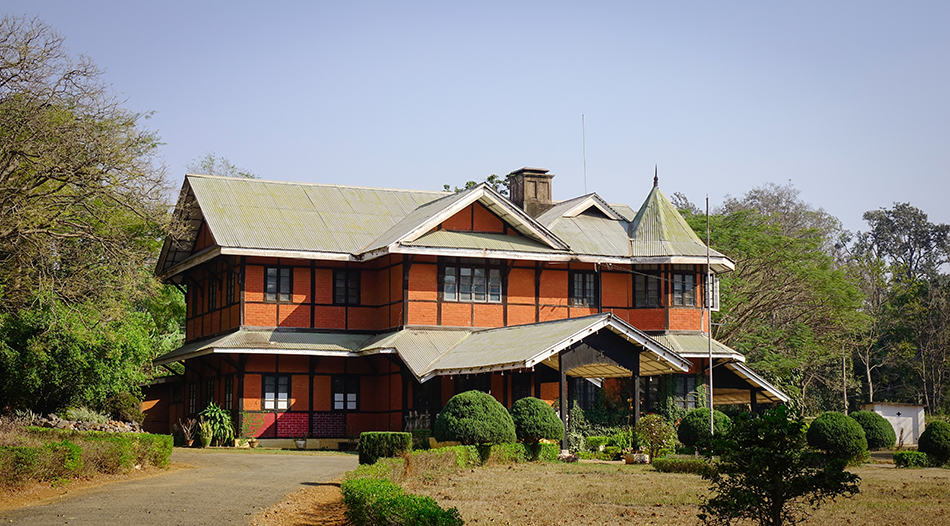
The British Colonial houses are mainly found in the northeastern part of the US. They were designed by New England’s original settlers in 1600. The main feature of these homes is their wood-frame construction.
These houses are simple in design and feature two stories with an open layout, with the fireplace being in the center of the room. This is why the chimney is always located in the center of the house.
The roof of the building has overlapping shingles in order to prevent snow and rain from entering the home. The exterior walls usually consist of lead-paned, diamond-shaped windows.
Other characteristics include:
- Rectangular and symmetrical front
- Two stories
- Side gabled, steep roofs
- Casement windows
- Saltbox roof that extends all the way down
- Huge central chimney type.
2. German Colonial
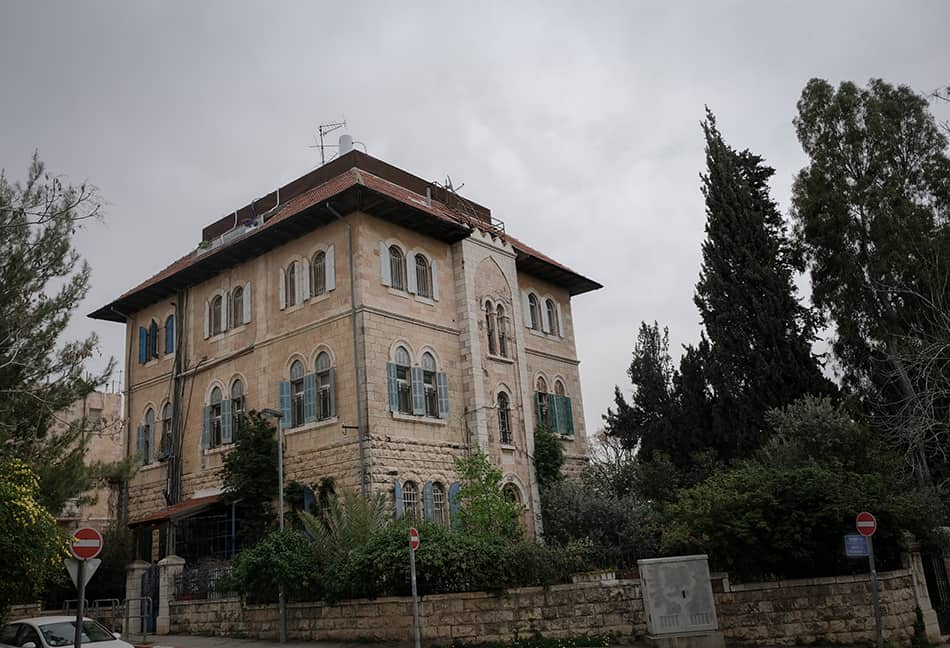
German Colonial style houses are similar to British Colonial homes. They were also found mainly in the northeast regions of the US from around the 1600s.
These homes also feature steeply-pitched roofs with centrally-located chimneys and side gables. The only difference between the German Colonial and British Colonial is their window casement. They are symmetrical and located on the sides of the property, with small arches above each window.
The traditional German Colonial style houses were built using stone, with thick and insulated walls to keep out the cold.
Other characteristics include:
- Thick walls made of sandstone
- Symmetrical exterior
- Wooden frame
- Reinforced arches above the windows and door on the first floor
3. Dutch Colonial
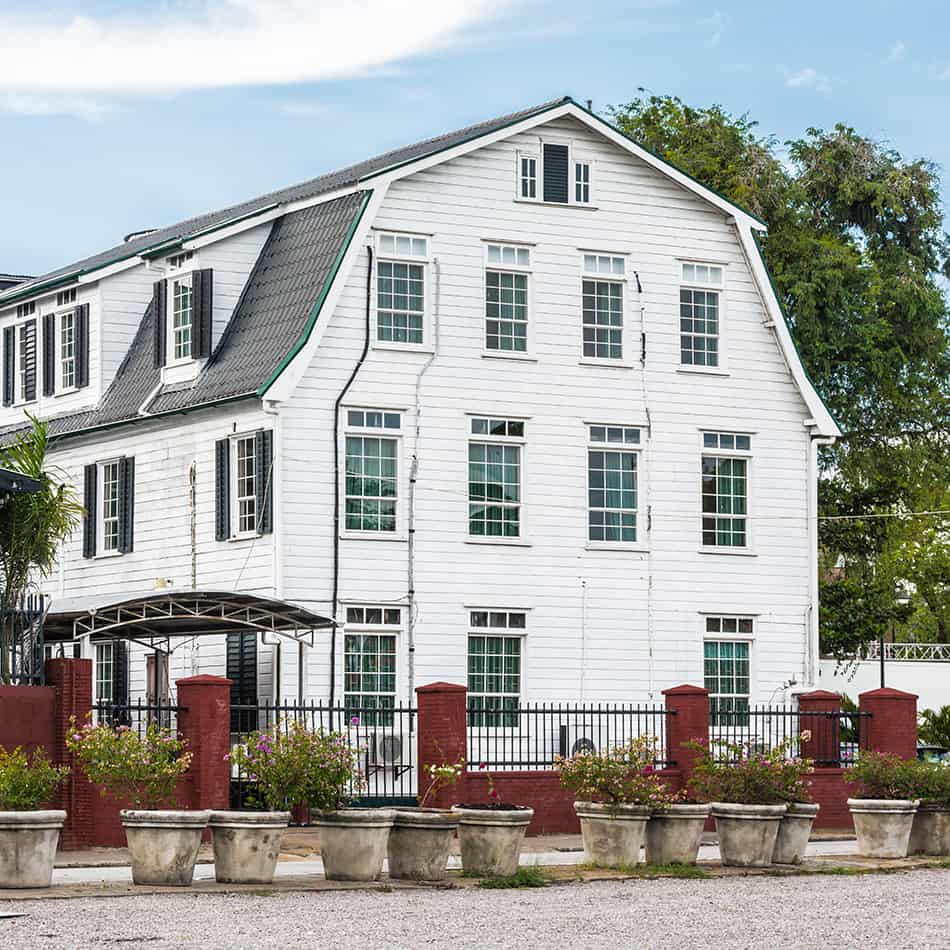
The most identifying features of the Dutch Colonial houses are their roofs. They consist of gambrel roofs that were introduced to America by the Dutch Colonists.
The other aspects of Dutch Colonial houses include a single dormer with two or three windows. Some homes, however, don’t have any dormers at all.
The chimneys of these homes are usually placed at the gable end. You will also notice the pillars on the porch, shingle siding, and round windows as the most prominent features of these structures.
Other characteristics include:
- Made from brick or stone
- Symmetrical exterior
- Matching chimneys on both sides of the house
- Gambrel roof with wide shingles
- Split doors that can be half-opened from the middle
4. French Colonial
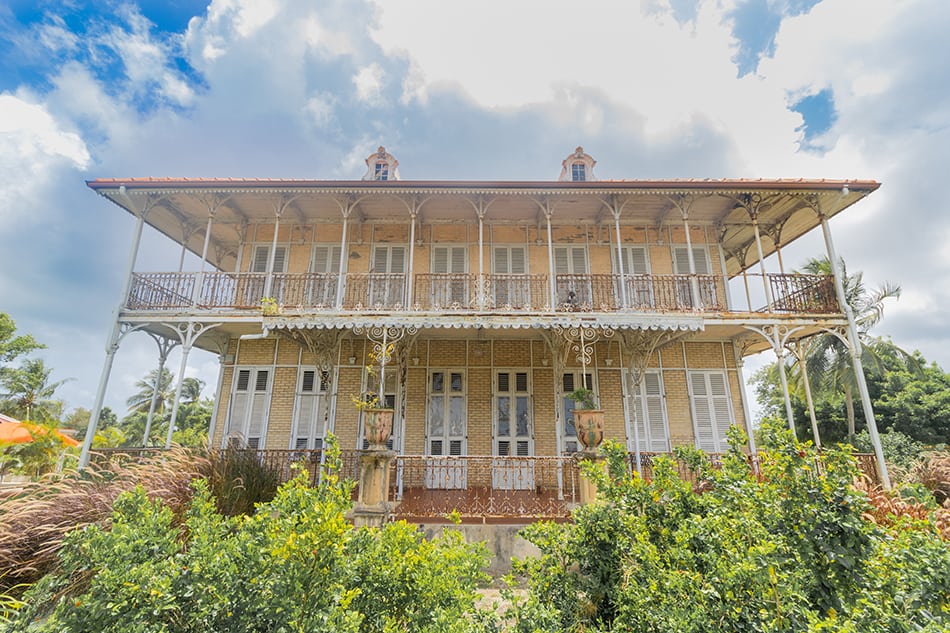
Unlike the German and British Colonial houses that were located in the north, the French Colonial houses were found in the southern part of the USA. The French Colonists brought their property construction experience from France to enhance the design of their homes.
Similar to other Colonial homes, the French style houses were also built symmetrically with a rectangle or square frame. They consist of two stories, with the second floor used mainly as a living space.
Other characteristics include:
- To access rooms, porches rather than interior hallways were used
- Made from wood and brick, or a mixture of animal hair and mud
- French doors
- Roof extends over the porch
- Wide porches that surround the entire house
5. Colonial Revival
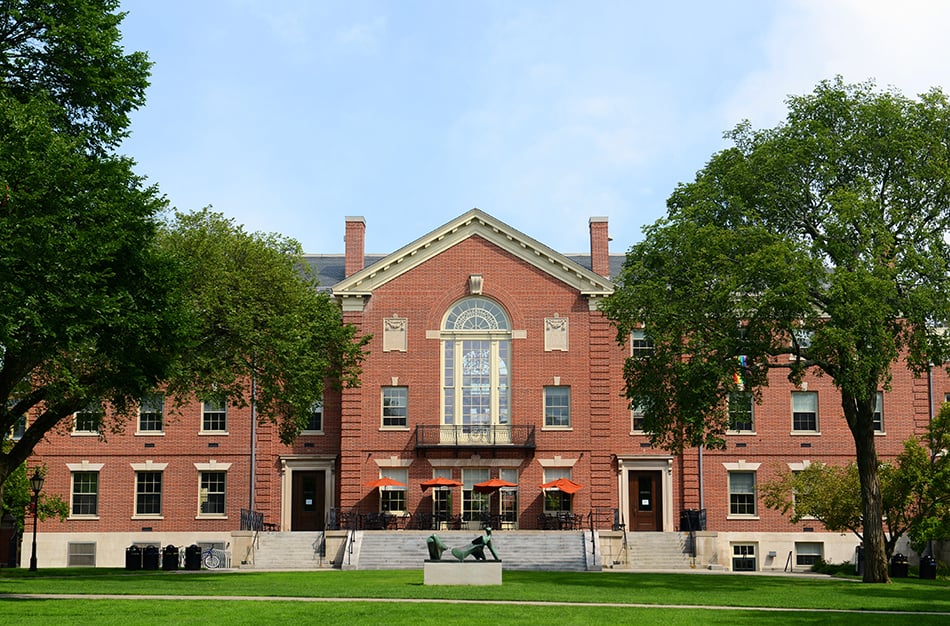
The Colonial Revival style houses date back to the late 1800s. The early settlers of this era created America’s heritage by constructing different styles of Colonial homes. As a result, the architecture of Colonial houses was a blend of various aspects that consisted of mostly Georgian style.
The Revival period coincided with the industrial revolution, which was the inspiration behind handmade and decorative molding around the ceilings of Colonial Revival houses. The bay windows are usually multi-pane and proportioned with shutters.
Other characteristics include:
- Symmetrical exterior
- Medium-pitched rectangular-shaped gable roof
- Two to three stories
- Wood or brick siding
- Elaborate pillars, entrances, and columns
- Decorative shutters
6. Spanish Colonial
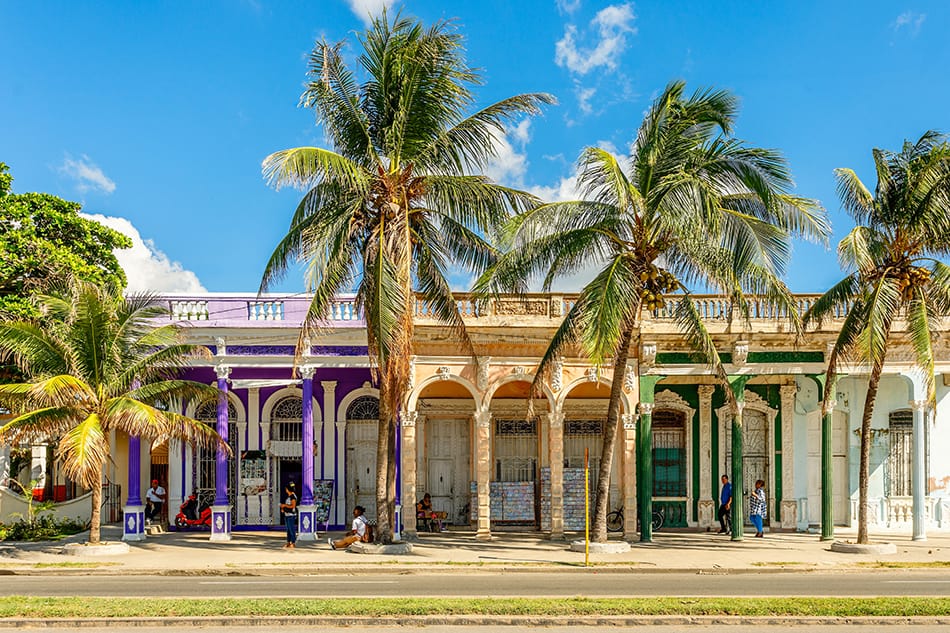
The Spanish Colonial style houses have their origins in Mexico and Spain. These types of properties consist of thick stucco-clad walls and are similar to American ranch style homes. These styles of homes are on one story only, with small windows that are normally fastened with wrought iron metal rather than glass panes.
During the Colonial era, the windows of these properties were designed to stay open because of the hot climate. The additional features of Spanish Colonial homes were their inner courtyard and red roof tiles.
Other characteristics include:
- One story
- Multiple exterior doors and small windows
- Interior shutters
- Thatched or clay tile flat or pitched roof
- Thick walls made from brick or rocks and covered in stucco to keep the house cool
7. Georgian Colonial
The Georgian Colonial style house originated from the four British monarchs: King George I to King George IV who ruled Britain from 1714 to 1830.
Georgian houses are consistent in proportion and usually have wings, meaning there are two smaller blocks on each side of the property, with a lower-pitched roof. The front exterior of the house has panel doors in the center, while some Georgian houses are also adorned with pillars that are reminiscent of ancient Greece and the Roman period.
Most Georgian homes are built with brick or stone, and the most typical colors include red, tan, or white for the exterior. To enhance the symmetry of the house, they are often accompanied with paired chimneys.
Other characteristics include:
- Comfortable and spacious layout with distinctive and grand family rooms
- Two-feet wide stone walls
- Medium pitched roof with square cut eaves
- Symmetrical and square exterior
- Paired chimneys on either side of the house
- Decorative crown above the entry door
- Flat columns on each side of the front door
- Bedrooms are on the second floor
8. Neoclassical Colonial
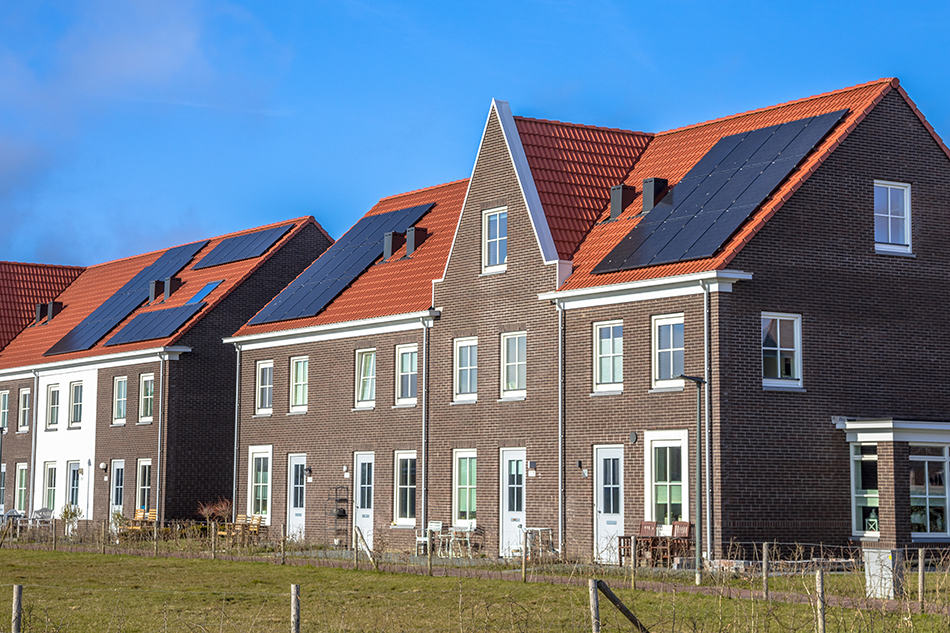
With the arrival of the 21st century, the more modern Neoclassical Colonial style homes were introduced. This style of home took its inspiration from the revival-style Colonial homes, but instead of the traditional materials that were used for the original Colonial homes, the Neoclassical style houses consisted of vinyl siding.
A typical Neoclassical home is on two stories, with a square shape and side gable roofs. The exterior part of the house has decorative elements with full-height porches.
There are also some Neoclassical homes that have curved or flat-roofed porticos or elaborate side extensions that take their inspiration from the 19th century Greek Revival houses.
Other characteristics include:
- Symmetrical
- Two or more stories
- Boxed eaves
- Decorative surrounds
- Double-hung window sashes
- Hipped or side-gabled roofs
